Human G-CSF High Sensitivity ELISA Kit
$319.00 – $449.00
ELISA Kit Detail Information
| Related Target | |
|---|---|
| Species | human |
| Sample Type | Serum, plasma, cell culture supernatant, and other biological samples |
| Sample Volume | Serum, plasma: 50 μL, cell culture supernatant: 100 μL |
| Sensitivity | 0.19 pg/mL |
| Array Range | 15.63 pg/mL – 1000 pg/mL |
| Assay Time | 3.5 h |
| Recovery | 94% – 119% |
| Average Recovery | 106% |
| Intra Precision | 4.1% – 4.8% |
| Inter Precision | 4.4% – 4.9% |
| Plate | Detachable 96-well plate |
| Storage | If the reagent kit is unopened, it should be stored at 4℃. However, if it has been opened, the standard solution should be stored at -20℃, while the other components should be stored at 4℃. |
| Delivery | 4℃ blue ice transportation |
| Components | 96-well polystyrene enzyme-linked immunosorbent assay (ELISA) plate coated with anti- G-CSF monoclonal antibody Human G-CSF high sensitivity freeze-dried standard G-CSF detect Antibody Standard Diluent HRP-labeled streptavidin Signal enhancer concentrate Signal enhancer diluent Assay Buffer(10×) Substrate TMB Stop Solution Washing Buffer(20×) Sealing Film |
| Assay Principle | This kit utilizes the double antibody sandwich enzyme-linked immunosorbent assay (ELISA) detection technique.Specific anti-human G-CSF antibodies are precoated on a high-affinity ELISA plate.Standards and test samples are added to the wells of the ELISA plate. After incubation, the G-CSF present in the samples binds to the solid-phase antibodies. After washing to remove unbound substances, biotinylated detection antibodies are added and incubated. After washing to remove unbound biotinylated antibodies, streptavidin-HRP labeled with horseradish peroxidase is added. After washing again, a signal enhancer is added and incubated. After washing to remove unbound substances, Streptavidin-HRP is added once more. After washing, a colorimetric substrate, TMB, is added and the plate is incubated in the dark for color development. The intensity of the color reaction is directly proportional to the concentration of G-CSF in the samples.A stop solution is added to terminate the reaction, and the absorbance value is measured at a wavelength of 450 nm (with a reference wavelength range of 570-630 nm). |
Related Targets
CSF3
CSF3 Target Infomation Overview
- Target Symbol: CSF3, colony stimulating factor 3
- Gene Groups: Receptor ligands
- Alias: MGC45931
- Previous Names: GCSF; G-CSF; C17orf33
- Alias Names: granulocyte colony stimulating factor; pluripoietin; filgrastim; lenograstim; chromosome 17 open reading frame 33; colony stimulating factor 3 (granulocyte)
CSF3, colony stimulating factor 3 Target Infomation by Species
- Human
- Mouse
- Rat
Human CSF3 Target Information
- Target Symbol: CSF3, colony stimulating factor 3
- Alias:
- C17orf33
- chromosome 17 open reading frame 33
- colony stimulating factor 3 (granulocyte)
- CSF3OS
- filgrastim
- G-CSF
- GCSF
- granulocyte colony-stimulating factor
- granulocyte-colony stimulating factor
- lenograstim
- MGC45931
- pluripoietin
- NCBI_Gene: 1440
- UniProtKB: P09919
Human CSF3 Predicted Functions
Enables cytokine activity and enzyme binding activity. Involved in several processes, including positive regulation of cytoskeleton organization; positive regulation of intracellular signal transduction; and positive regulation of protein phosphorylation. Predicted to be located in endocytic vesicle lumen; extracellular region; and lysosomal lumen. Predicted to be active in extracellular space. Implicated in several diseases, including allergic cutaneous vasculitis; artery disease (multiple); ischemia (multiple); leukemia (multiple); and lung disease (multiple). Biomarker of COVID-19; bacterial pneumonia; and myeloid leukemia.
Mouse Csf3 Target Information
- Target Symbol: Csf3, colony stimulating factor 3 (granulocyte)
- Alias:
- colony stimulating factor, granulocyte
- Csfg
- G-CSF
- MGI-IG
- NCBI_Gene: 12985
Mouse Csf3 Predicted Functions
Enables granulocyte colony-stimulating factor receptor binding activity. Acts upstream of or within positive regulation of myeloid cell differentiation. Predicted to be located in endocytic vesicle lumen and extracellular region. Predicted to be active in extracellular space. Is expressed in several structures, including brain; dorsal aorta; liver; reproductive system; and yolk sac. Human ortholog(s) of this gene implicated in several diseases, including allergic cutaneous vasculitis; artery disease (multiple); ischemia (multiple); leukemia (multiple); and lung disease (multiple). Orthologous to human CSF3 (colony stimulating factor 3).
Rat Csf3 Target Information
- Target Symbol: Csf3, colony stimulating factor 3
- Alias:
- colony stimulating factor 3 (granulocyte)
- Gcsf
- granulocyte colony-stimulating factor
- NCBI_Gene: 25610
- UniProtKB: P97712
Rat Csf3 Predicted Functions
Enables growth factor activity. Involved in several processes, including cellular response to lipopolysaccharide; negative regulation of neuron death; and response to ethanol. Located in extracellular space. Biomarker of cystitis; lung disease; and middle cerebral artery infarction. Human ortholog(s) of this gene implicated in several diseases, including allergic cutaneous vasculitis; artery disease (multiple); ischemia (multiple); leukemia (multiple); and lung disease (multiple). Orthologous to human CSF3 (colony stimulating factor 3).

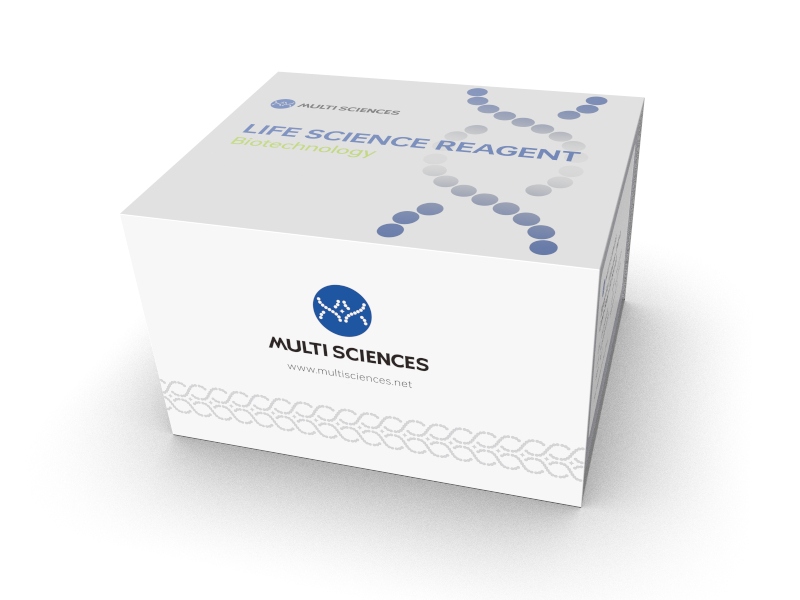
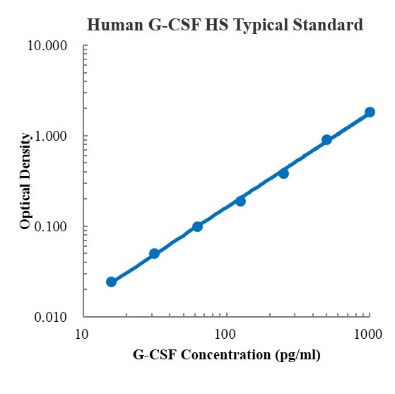
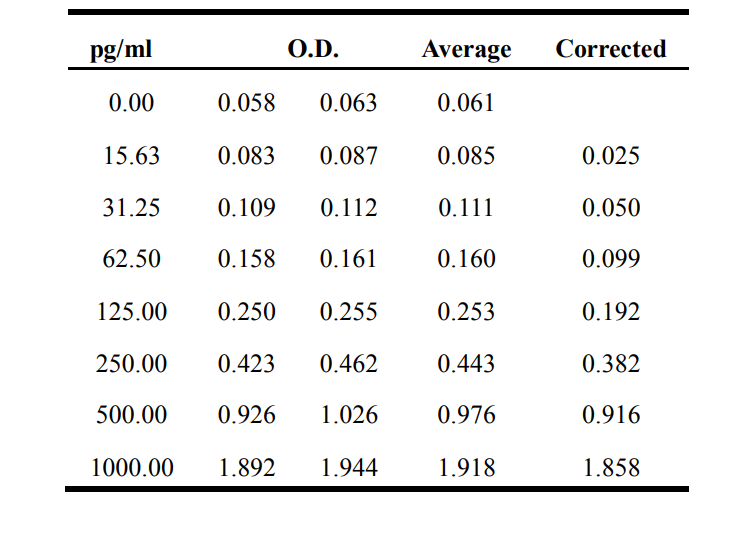
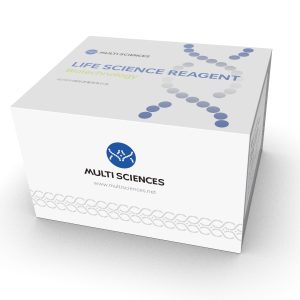

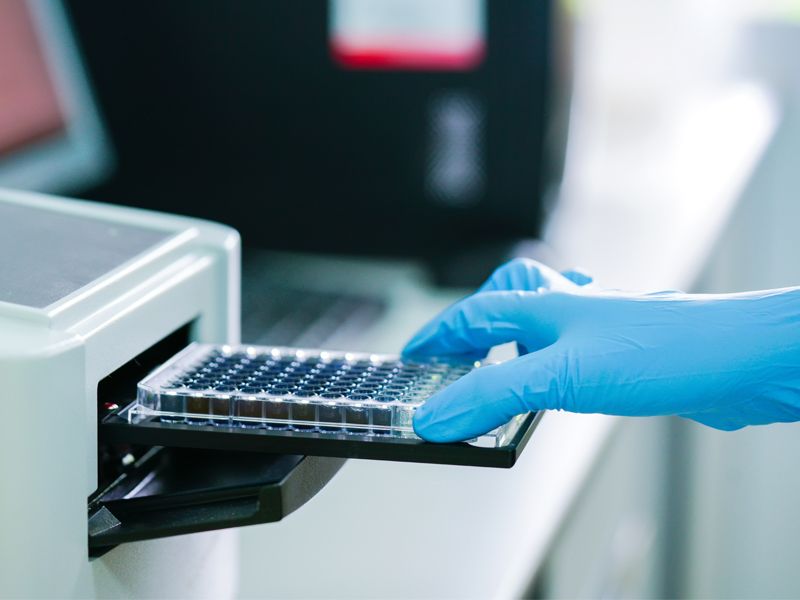
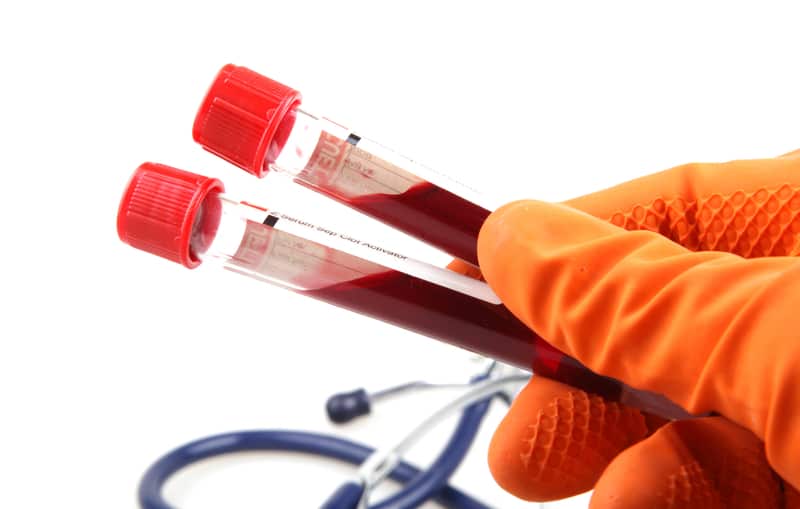
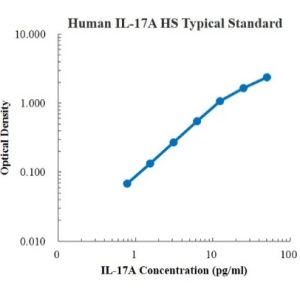
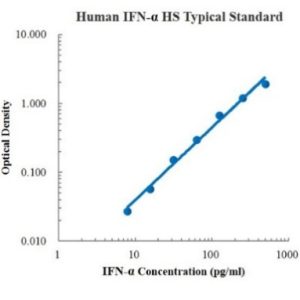
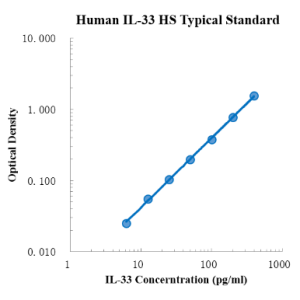
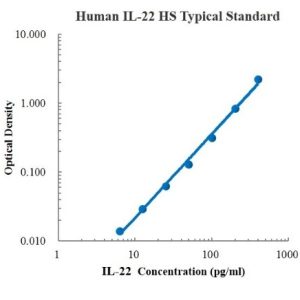
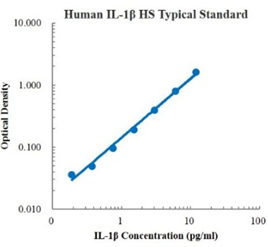
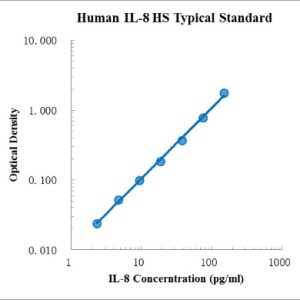
Reviews
There are no reviews yet.